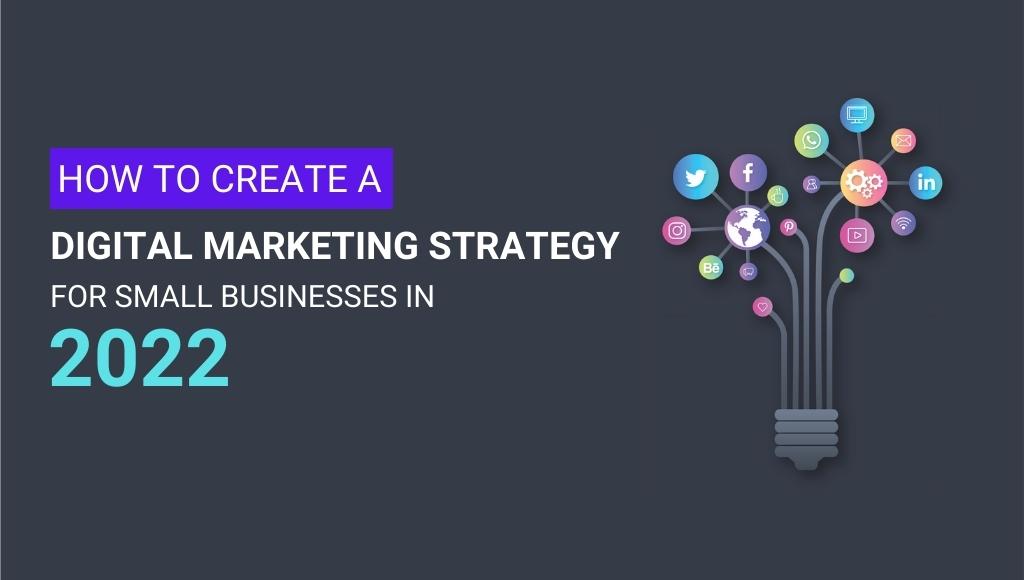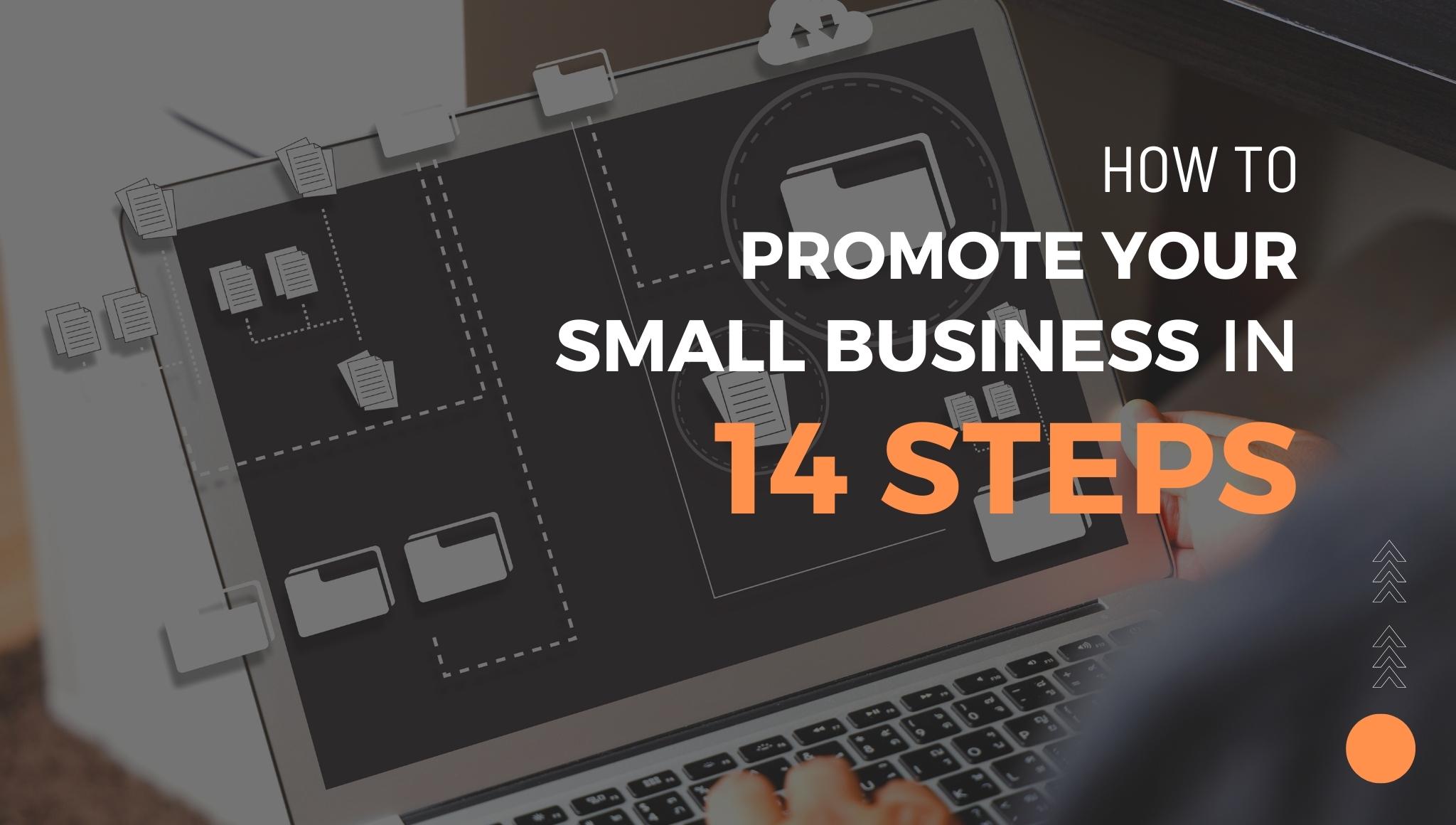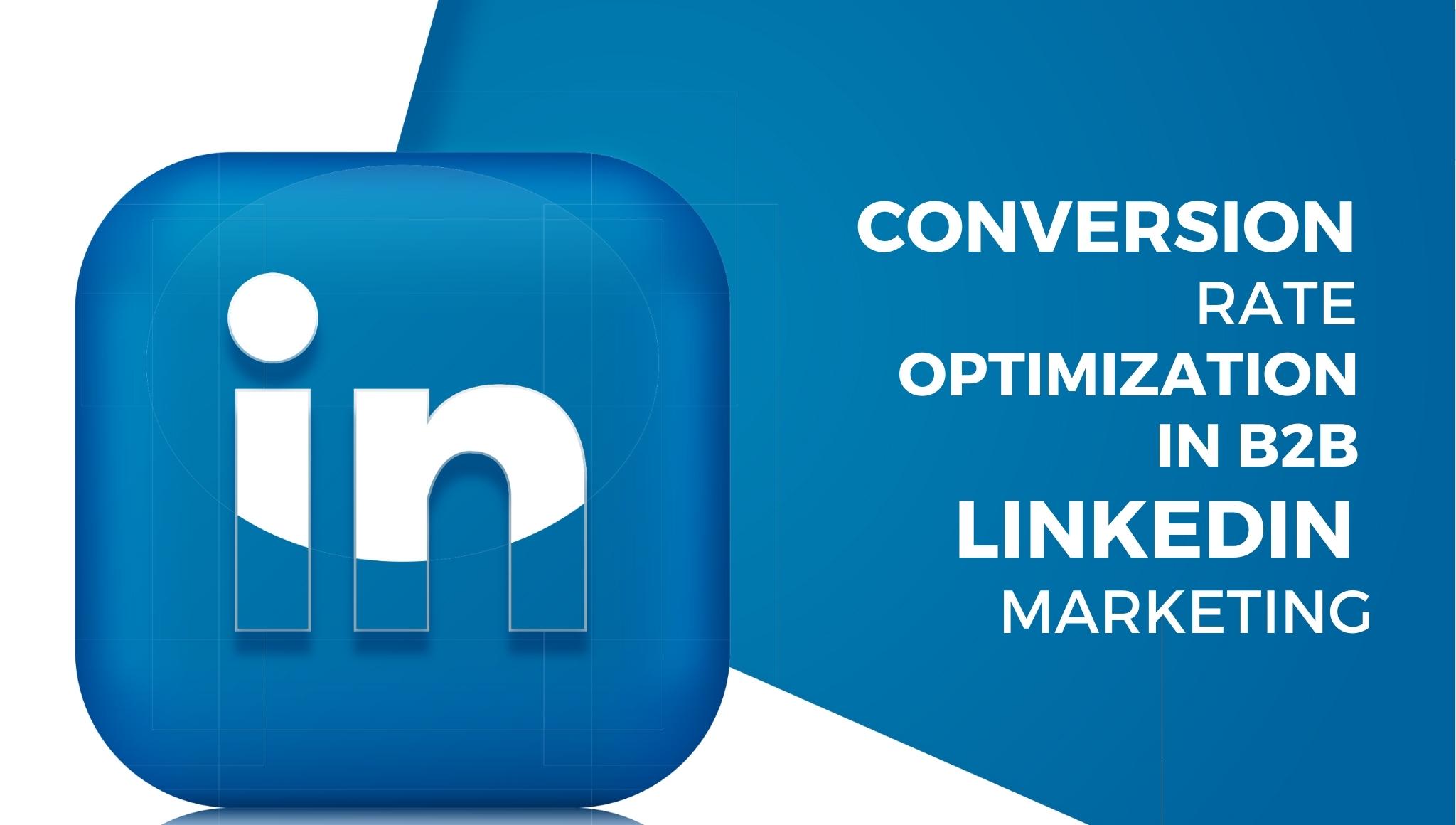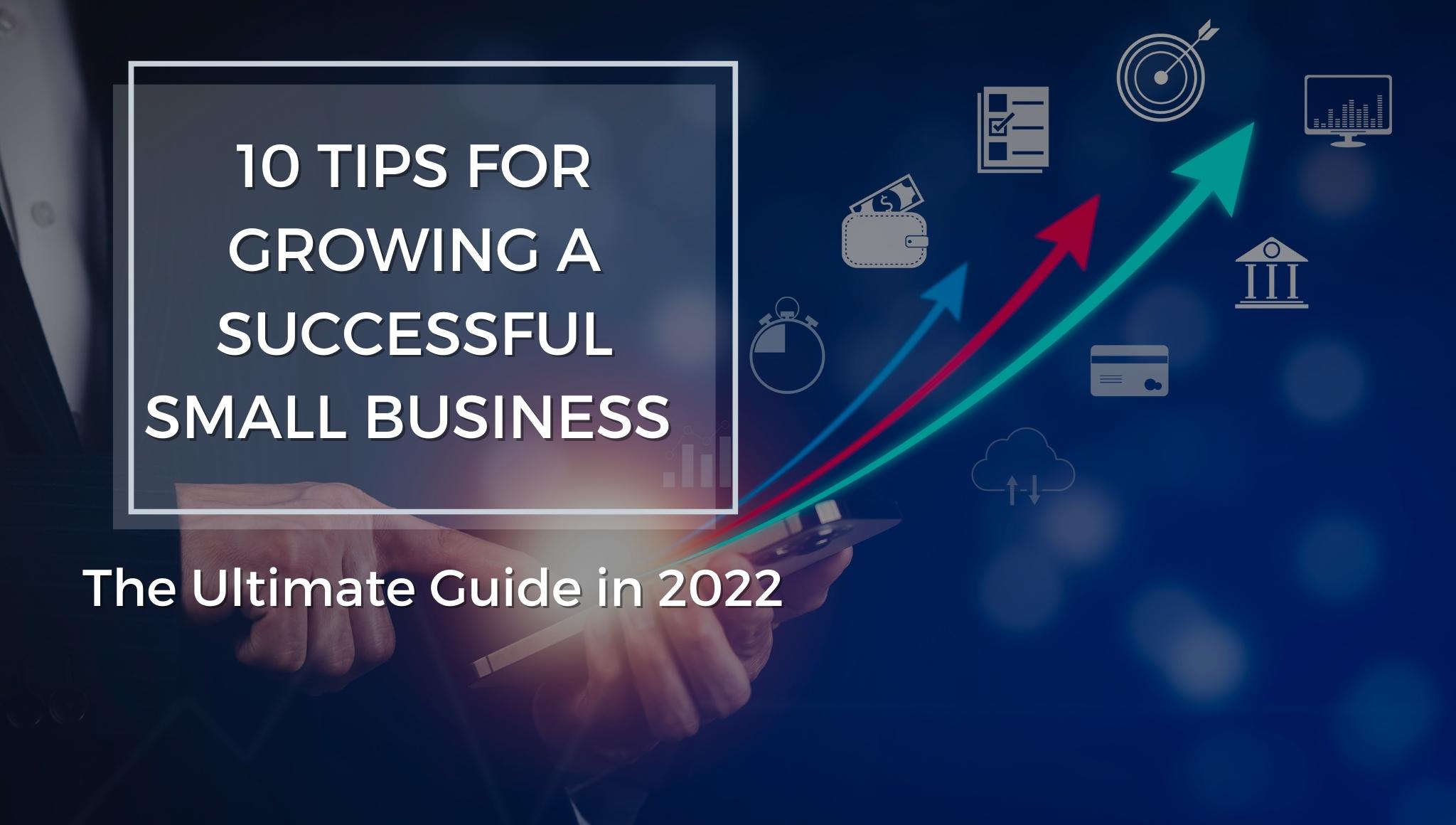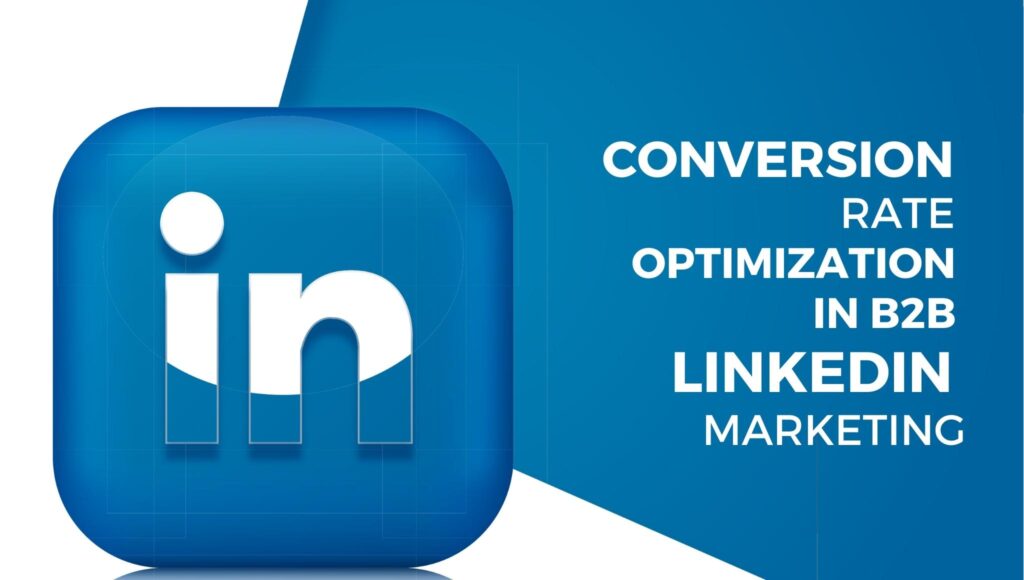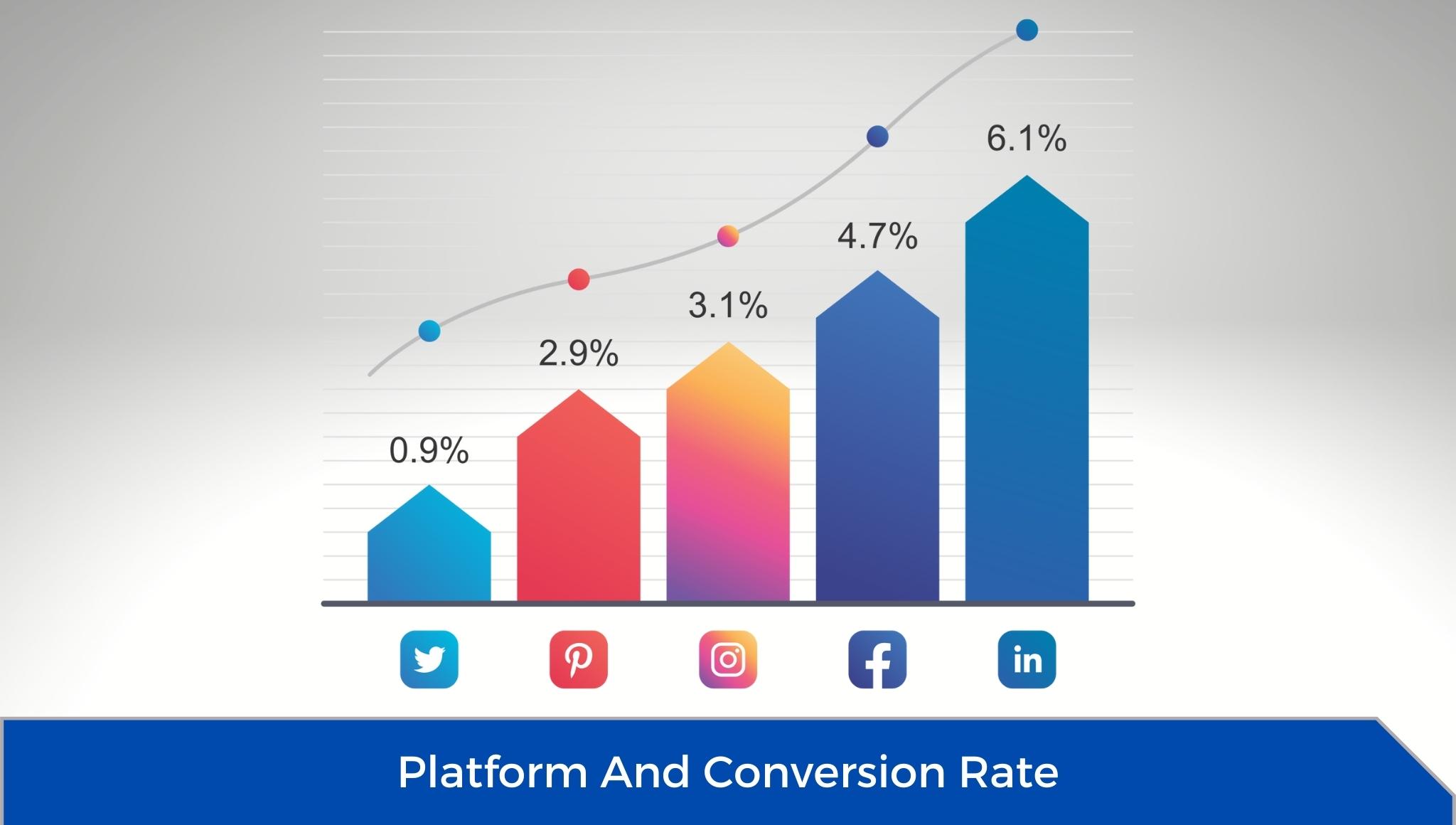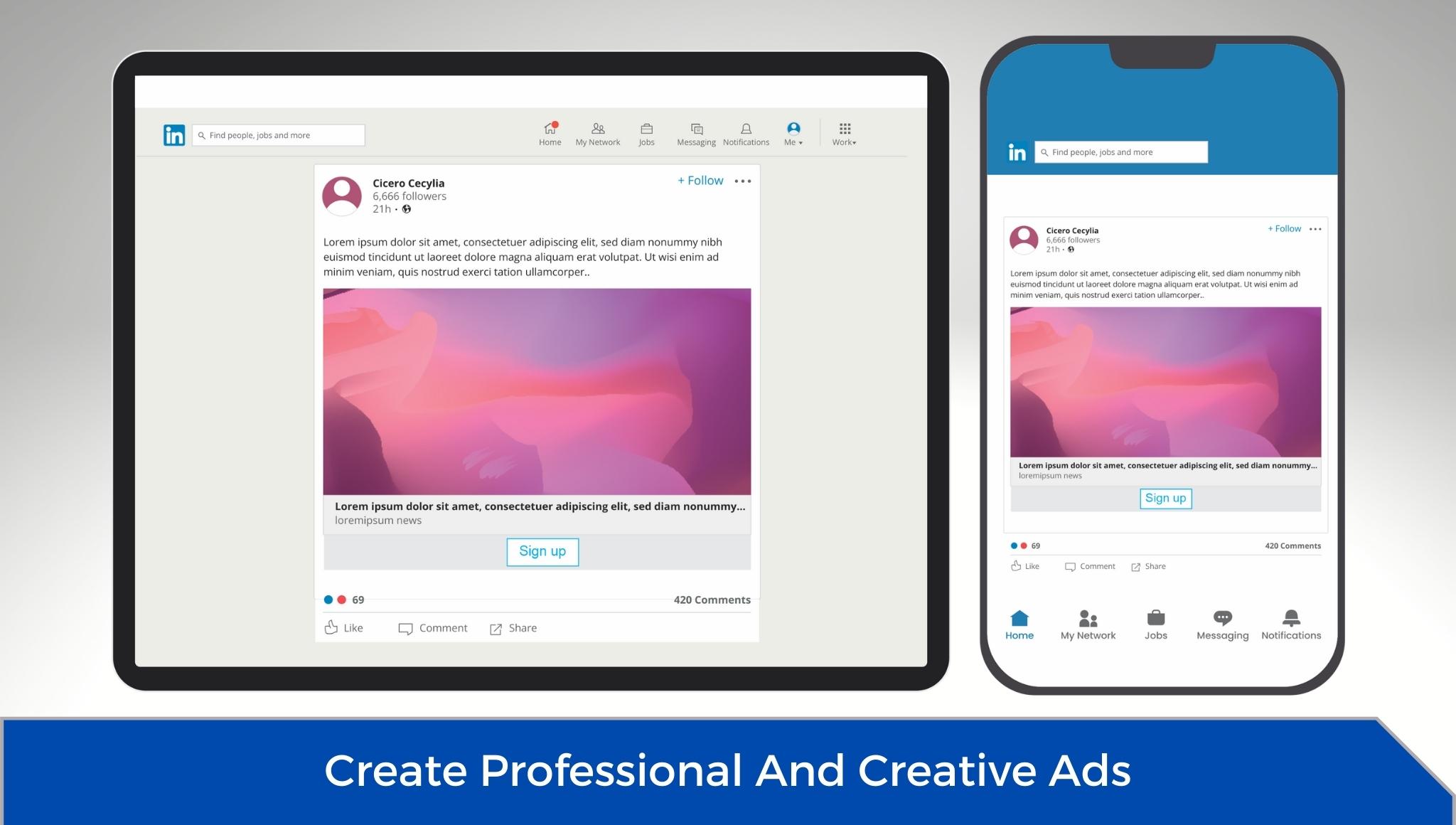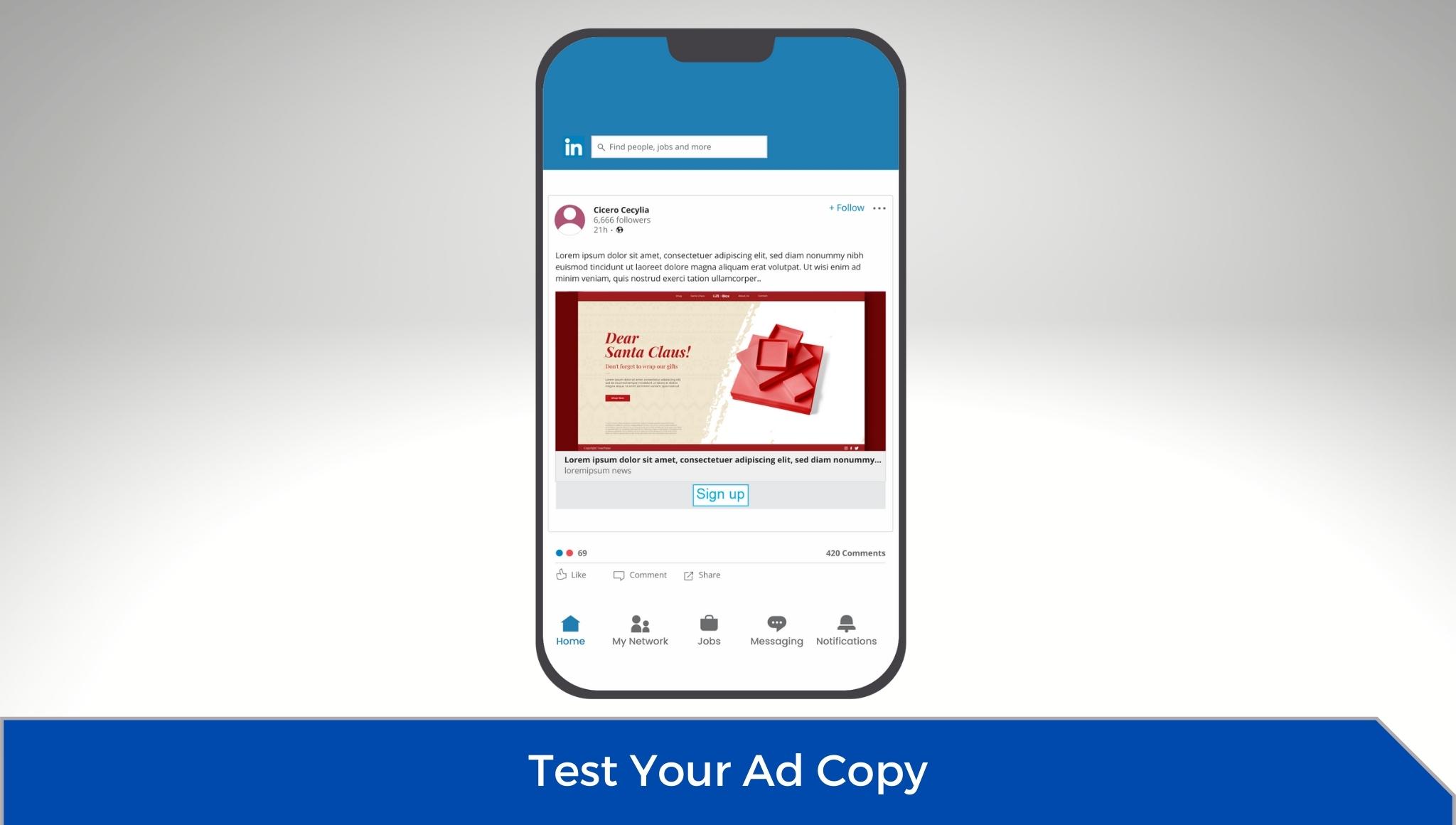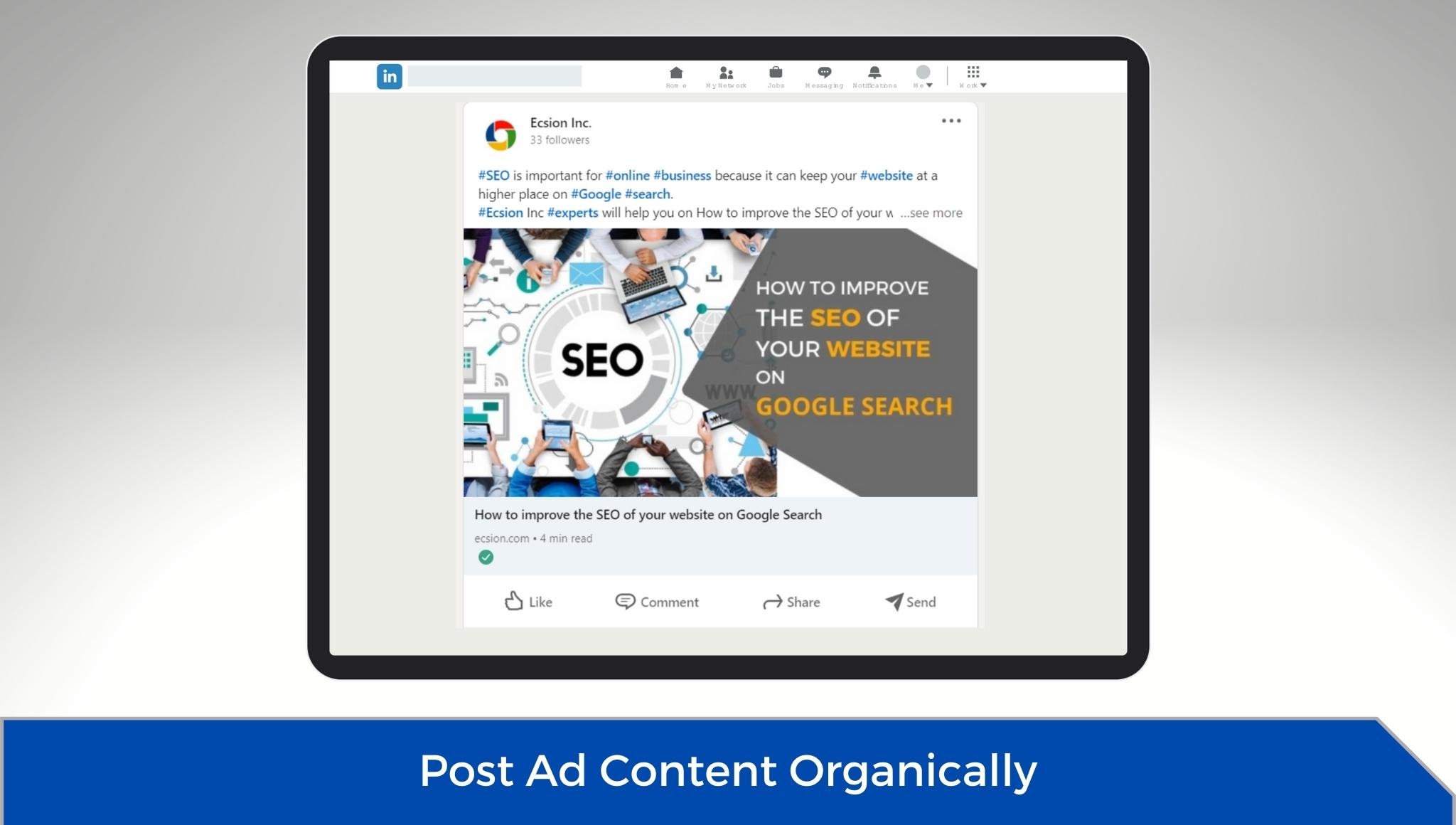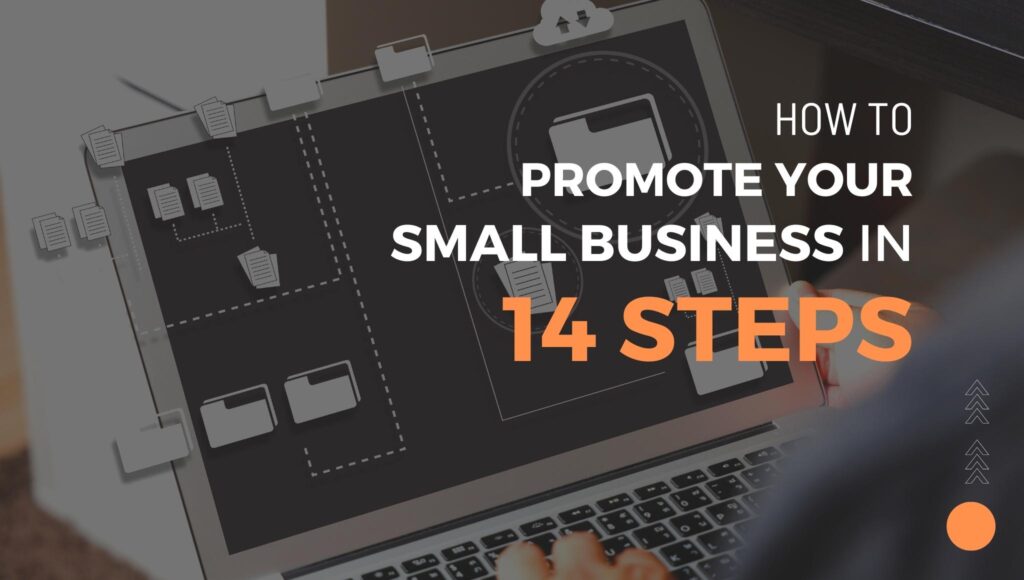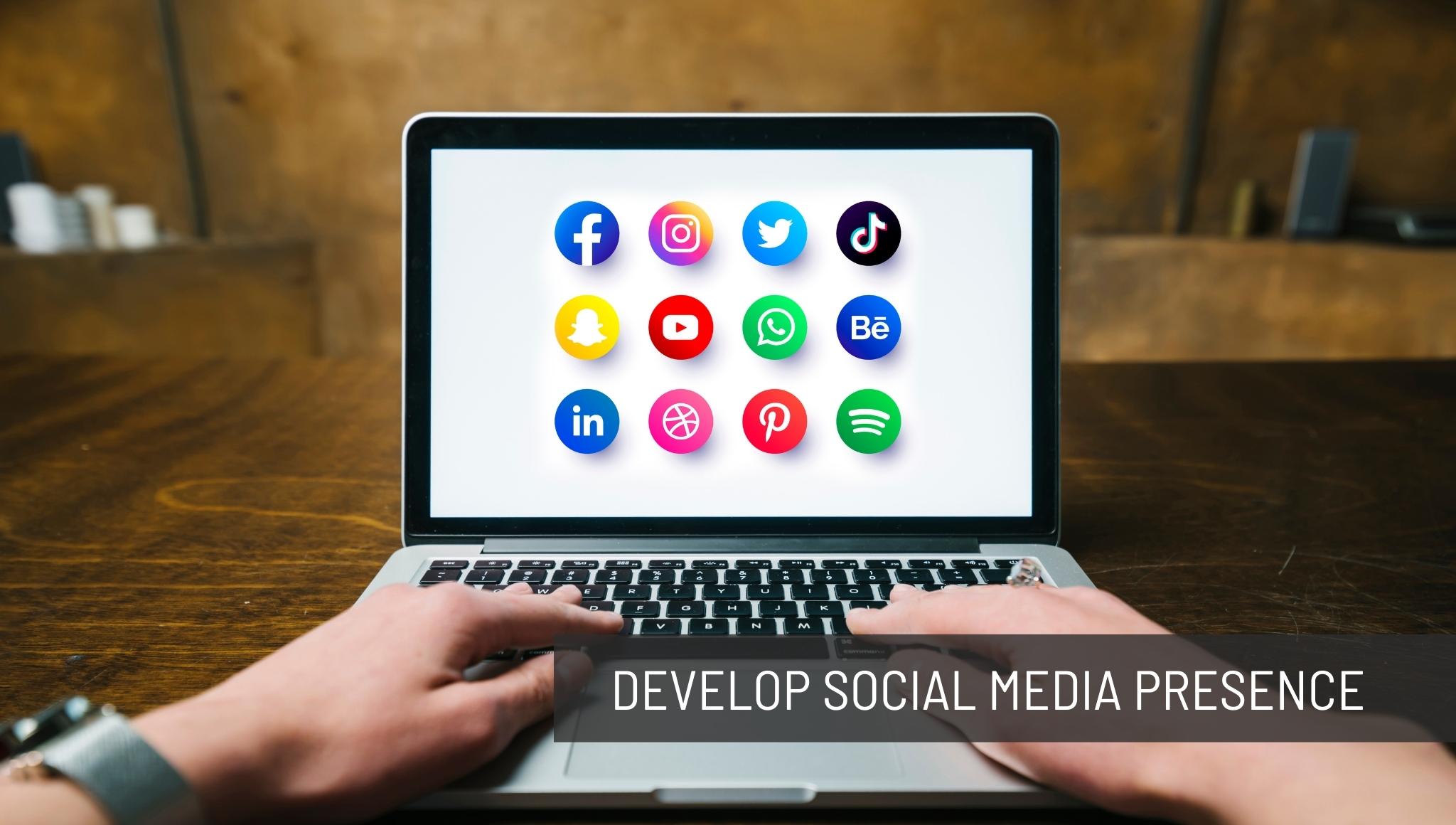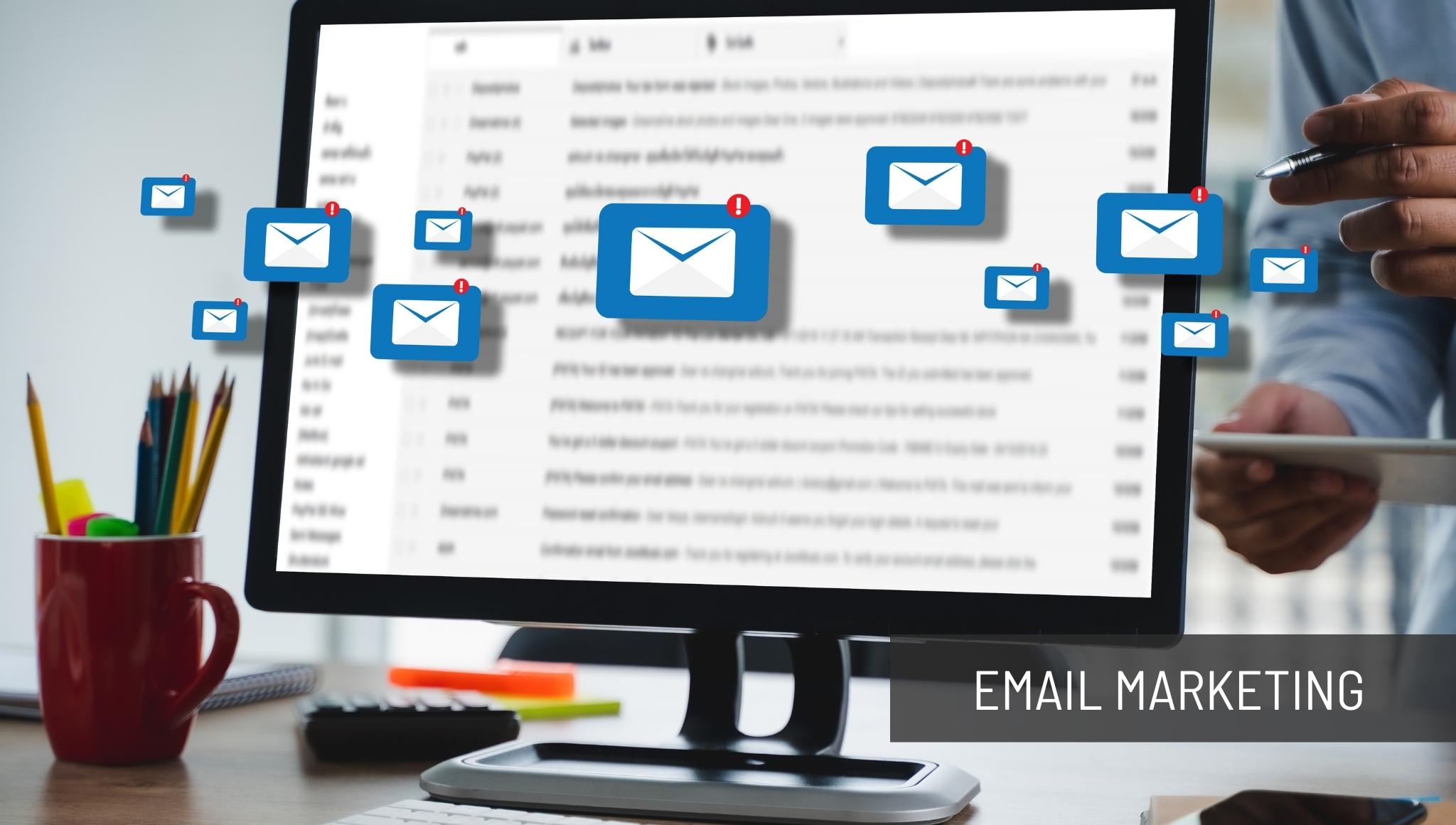How to Create Digital Marketing Strategy for Small Businesses in 2022
Are you looking for a digital marketing guide to grow your small-sized business?
Then you are on the right page. In this article, you will learn the basics as well as advanced digital marketing tactics to grow your small business.
But first of all, let’s have a detailed understanding of ‘Digital marketing’.
What is Digital Marketing?
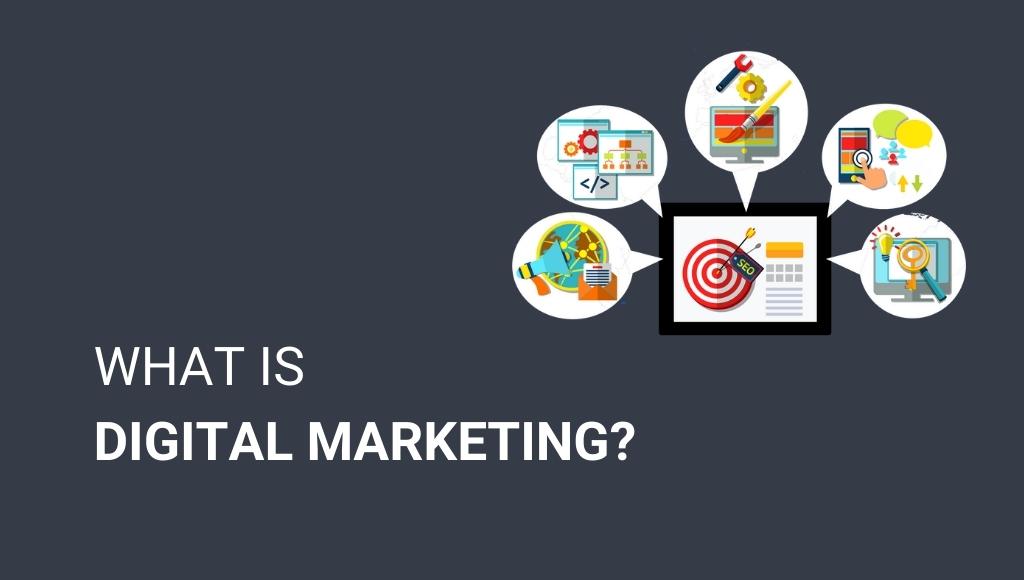
Digital Marketing is the act of advertising your business and selling products and services online. Digital Marketing is any form of marketing that involves the internet and online-based digital technologies such as social media, web applications, mobile apps, websites, email, and search engines.
Digital marketing is a dynamic process that allows two-way communication between a business and its customers. Traditional ways of marketing that use newspapers, Print-ads, or billboard ads are starting to become a rare sight. With Startups growing significantly every year by 10% in our country, it is important to create a solid digital marketing strategy to build a successful digital presence for your brand to expand your business.
Why Digital Marketing?
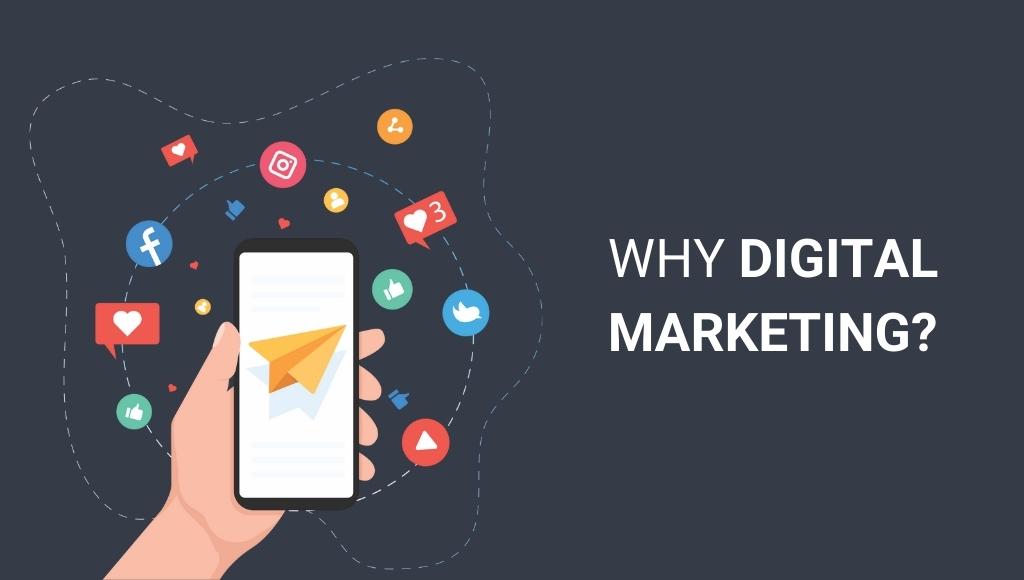
Social media platforms like Facebook and Google generate more revenue than traditional media companies because they control more eyeballs. Today, online and offline worlds are coming together. In the future, traditional devices will be modernized to leverage digital media. A digital marketing strategy helps your business reach digital goals. That is why digital marketing matters.
If you are a local business owner still postponing your digital marketing plans due to reasons like lack of knowledge and limiting yourself to a particular kind of marketing strategy?
Then better read this article till the end to discover the benefits of digital marketing for small businesses.
What is Digital Marketing Strategy for Small Businesses?
Digital Marketing strategy involves many different channels such as online ads, blogs, and social media for promoting small businesses to a wide audience of prospective customers. It is an online marketing strategy designed to optimize the promotion of business online.
Here are a few commonly used digital marketing ideas:
-
- Search engine optimization (SEO)
- Search engine marketing (SEM)
- Social media marketing(SMM)
- Pay-per-click (PPC) advertising
- Content marketing
- Email marketing
- Affiliate marketing
- SMS marketing
1. Search engine optimization (SEO)
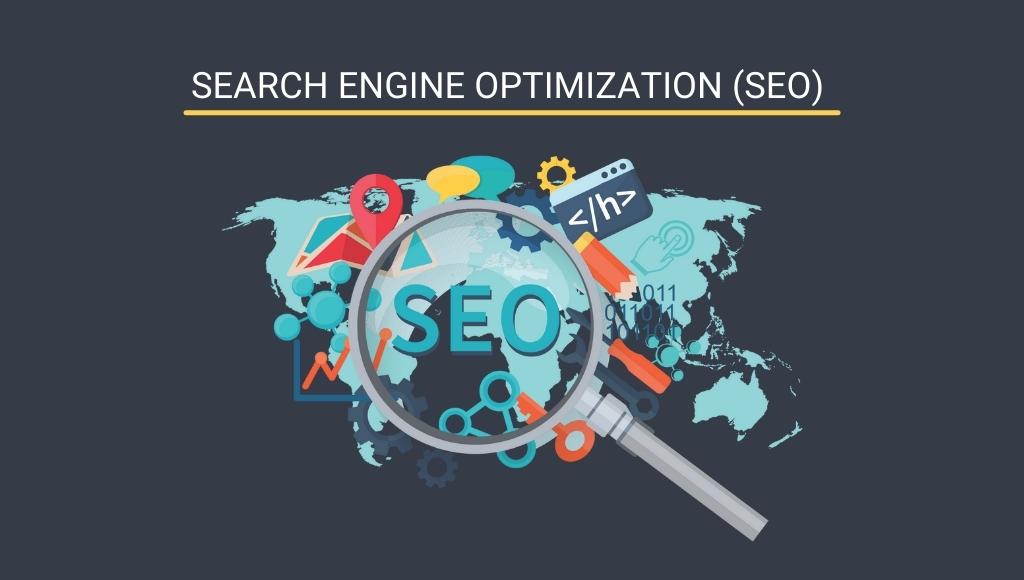
Search engine optimization is a practice of improving your online content’s search engine ranking on major search engines like Google. It can be achieved by prioritizing certain keywords and phrases.
2. Search engine marketing (SEM)
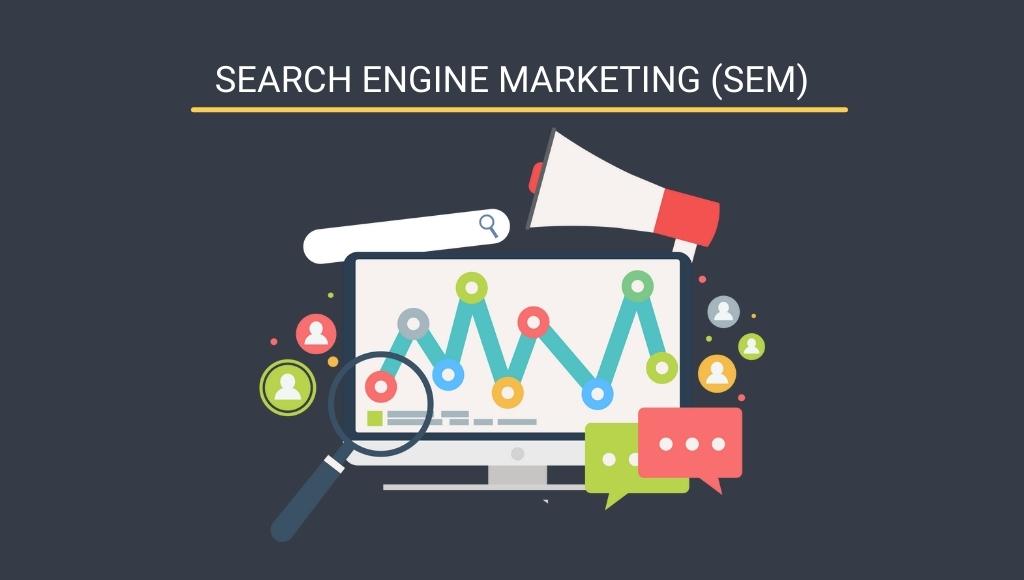
Search engine marketing is used in conjunction with SEO. It leverages paid ads to improve visibility within the search engine.
3. Social media marketing (SMM)
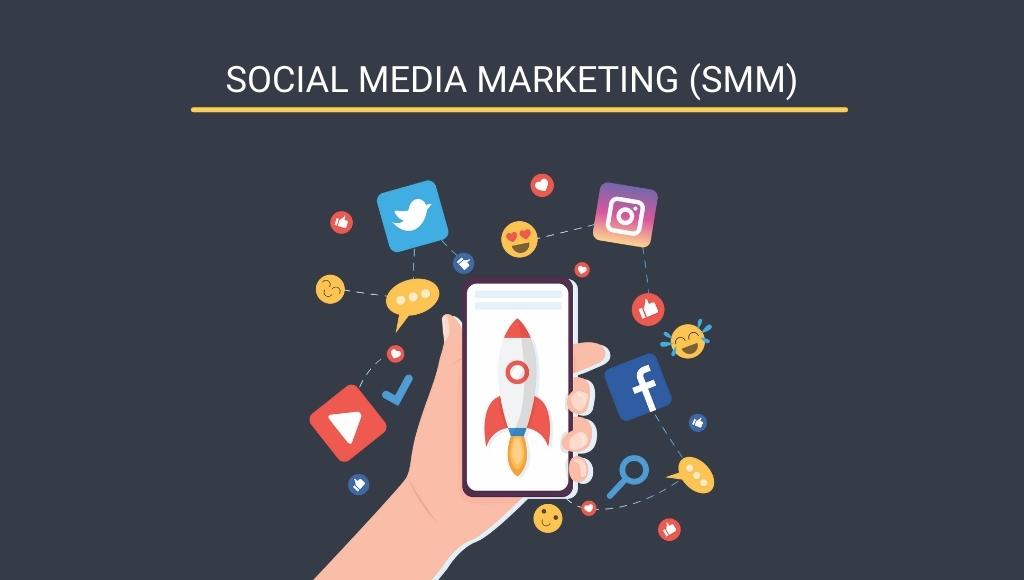
Social media marketing is the practice of utilizing social media channels such as Facebook, Instagram, Twitter, etc. to promote business products and services.
Influencer marketing is a type of SMM that involves product mentions, product placements, and endorsements from top social media influencers. In simple words, influencer marketing is used by companies to collaborate with social media influencers to create sponsored content and giveaways to educate people about their products and services.
4. Pay-per-click (PPC) advertising
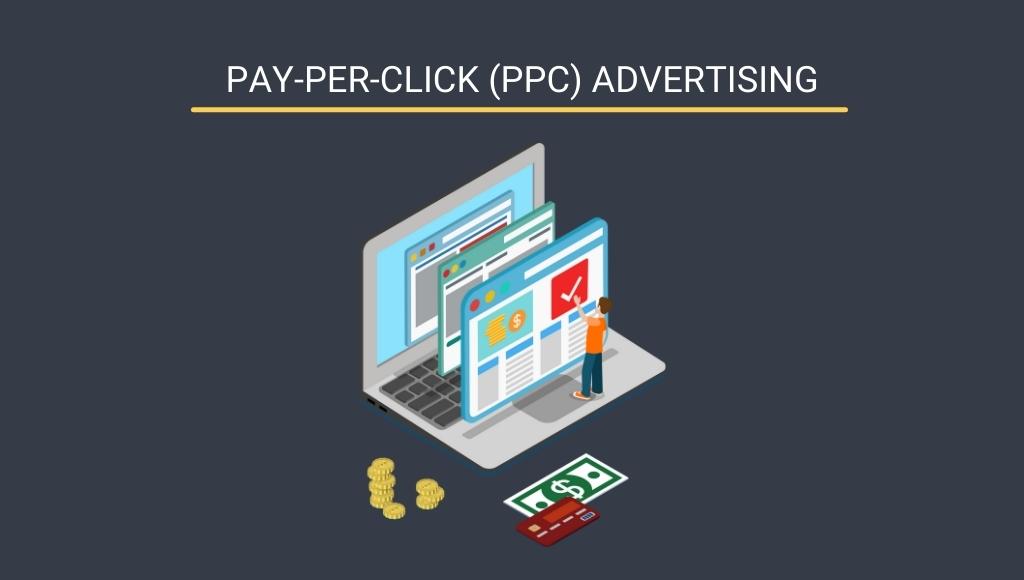
Pay-per-click is an online method of advertising where a company pays the publisher only when a person clicks on the advertisements.
5. Content marketing
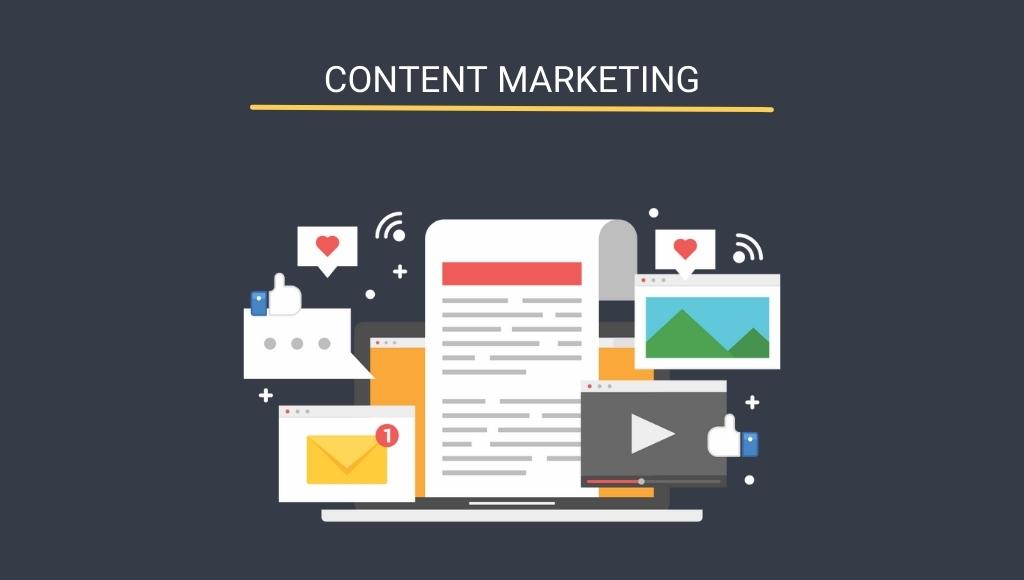
Content marketing focuses on creating, distributing, and promoting relevant and attractive content to improve engagement at the website. Examples of content marketing are texts, blogs, podcasts, webinars, videos, e-books, case studies, infographics, etc.
6. Email marketing
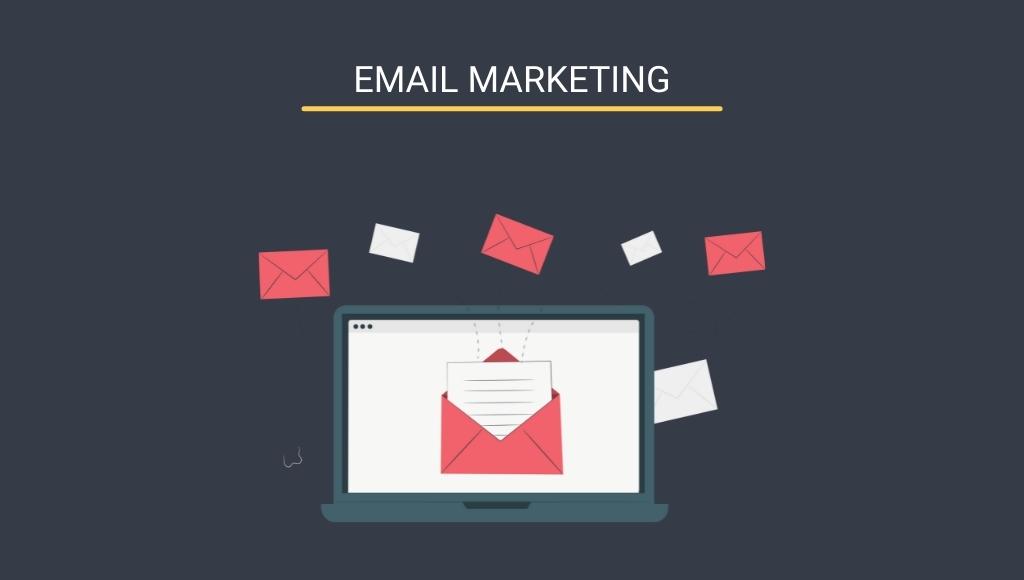
Email marketing helps businesses to send promotional content and offers directly to the inboxes of prospective customers via email. Automated Newsletters are most commonly used in Email marketing.
7. Affiliate marketing
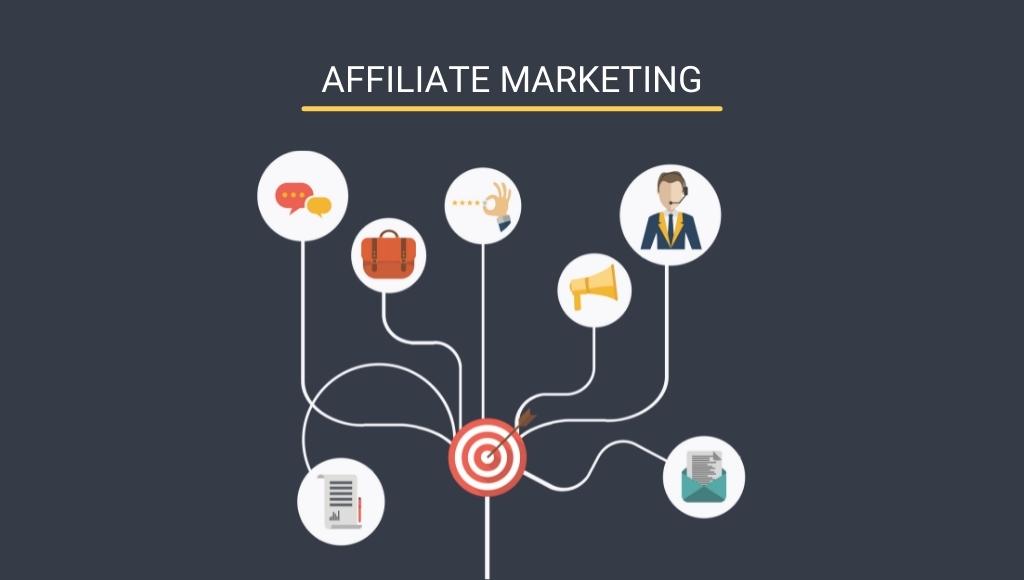
Affiliate marketing is a performance-based marketing strategy in which a company pays a commission to an external website for traffic and sales generated by its referrals.
8. SMS marketing
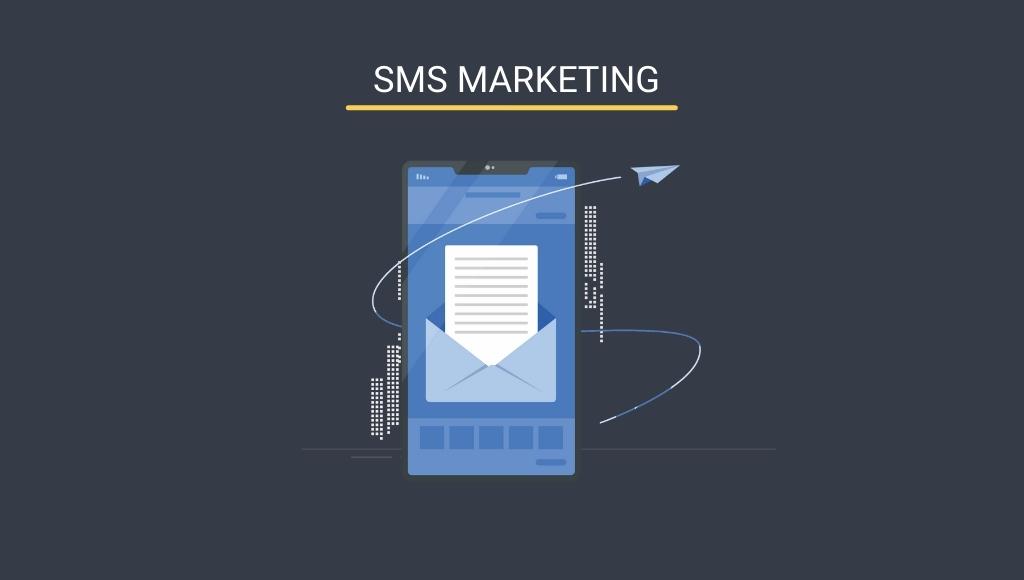
SMS stands for ‘Short Message Service’. SMS marketing allows a company to directly send text messages about offers, promotions, news updates, and campaigns to their customers via SMS.
There are two types of SMS messaging:
-
-
Transactional messaging
It delivers information like order confirmation or shipping details. It helps to keep the customer updated and thereby builds customer loyalty.
-
Promotional messaging
It sends messages that include promotions of an offer, new product, or service. It helps to drive sales.
-
Now, the next question knocking for an answer must be
How Much Digital Marketing Will Cost A Small Business?
Well, the cost of digital marketing varies as per business size, business revenue, and business goals. For example:
-
- Basic Digital Marketing – For Startups and Small businesses • Intermediate Digital Marketing – Mid-sized businesses
- Advanced Digital Marketing – Large or enterprise businesses
Startups and small businesses have a low marketing budget. So, they focus on cost-effective and basic digital marketing plans that include blogs, websites, and social media to drive traffic and generate revenue at a low price point. The cost of a basic digital marketing plan is several hundred dollars a month. Smaller businesses can start with the basic digital marketing plan and look forward to developing methods to reach the intermediate and advanced levels of digital marketing strategies.
Top Benefits of Digital Marketing Strategy for a Small Business
A digital marketing business plan is one of the best formulas for small businesses to engage and build connections with existing, new, and future customers.
Utilizing smart digital marketing methods, you can reach a wider market of potential customers.
Let’s discuss the advantages of using digital marketing strategies.
1. Global reach

Traditional forms of marketing strategies are restricted by geography while digital marketing happens online. It means that this online marketing strategy helps you to reach globally. Even a small business owner can reach the global market through his online store. This online accessibility has opened a gateway for small local businesses to grow locally and globally.
2. Local reach
Small local businesses rely on local customers staying in their neighborhoods. A digital marketing strategy provides local visibility and brings nearby customers to their doors.
3. Effective targeting
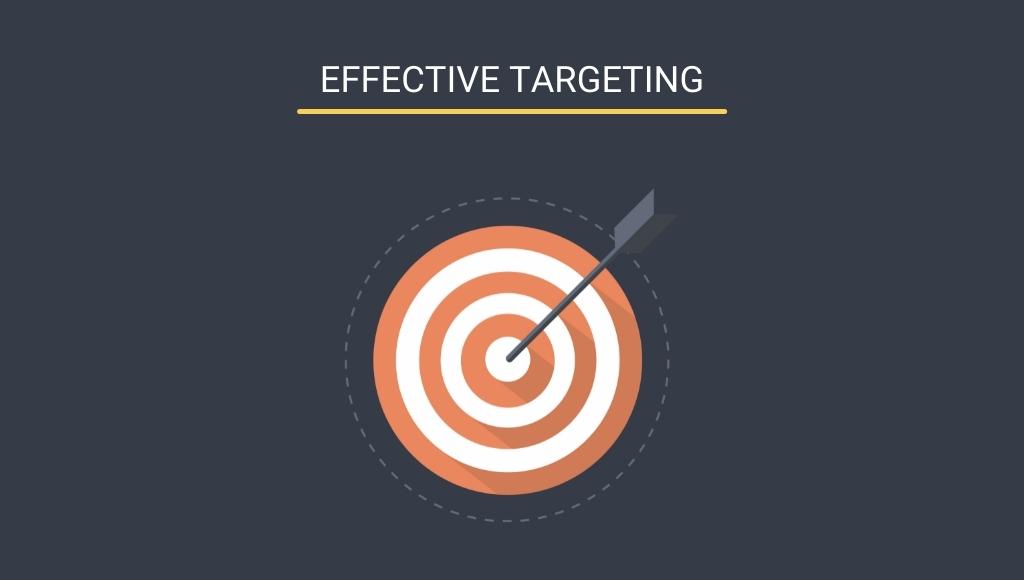
Digital marketing allows you to extract data that helps you to find important information like the nature of the audience, performance metrics of different campaigns, events, and so on. It helps you to modify existing strategies and set them as per business and customer needs.
4. Lower cost
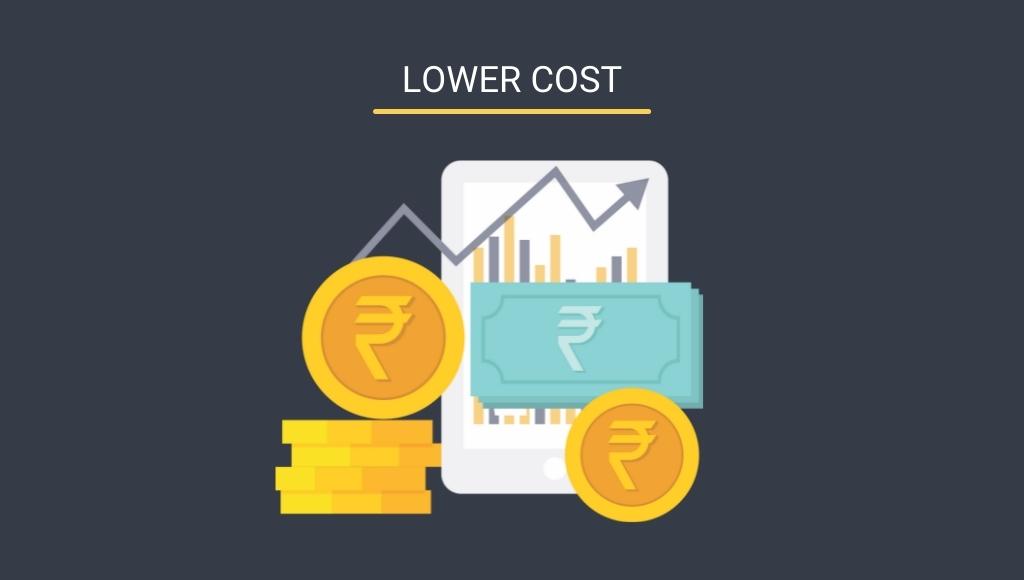
Digital marketing is cost-effective. This point is one of the biggest benefits for small businesses running on a low budget. Digital marketing helps to generate more leads and also saves money. Small companies can use highly targeted digital marketing strategies to find out cost-effective solutions to compete with large enterprises. Some digital marketing strategies like social media marketing and SEO won’t even cost you a penny.
5. Multiple digital marketing strategies
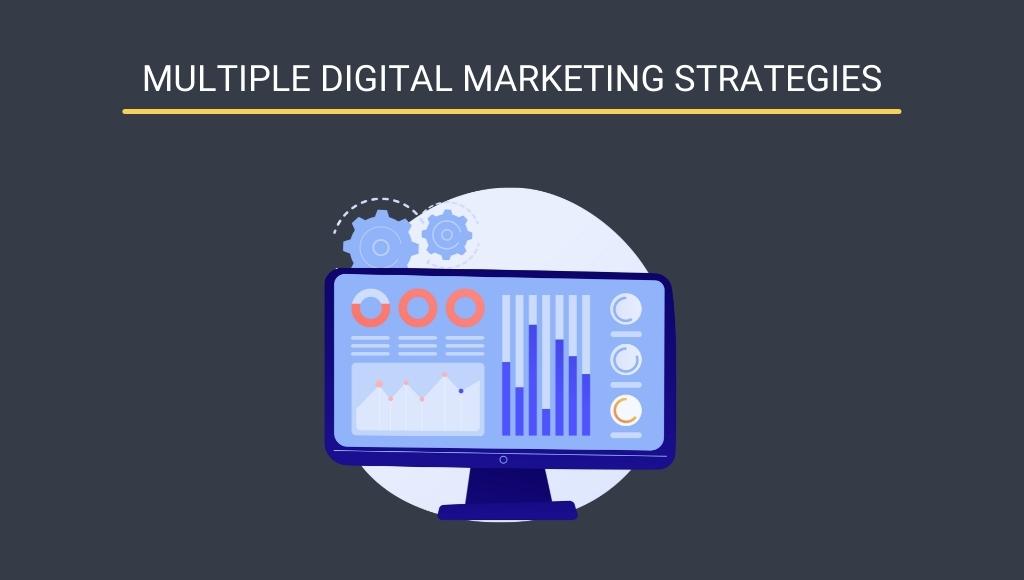
Depending upon the nature of a business digital marketing provides different types of strategies. A small business like B2C might be a local business selling clothes that aims to gain local visibility. Every business owner needs to find out their business goals and choose an appropriate digital marketing plan to transform their business.
6. Multiple content type
Digital marketing is not limited to traditional marketing, it provides you with more coverage. You have a wide range of content types like blogs, podcasts, webinars, infographics, e-books, visual content, emailers, and whitepapers. You can choose any type of content, and reproduce it to fit as many platforms as you want.
7. Increases engagement
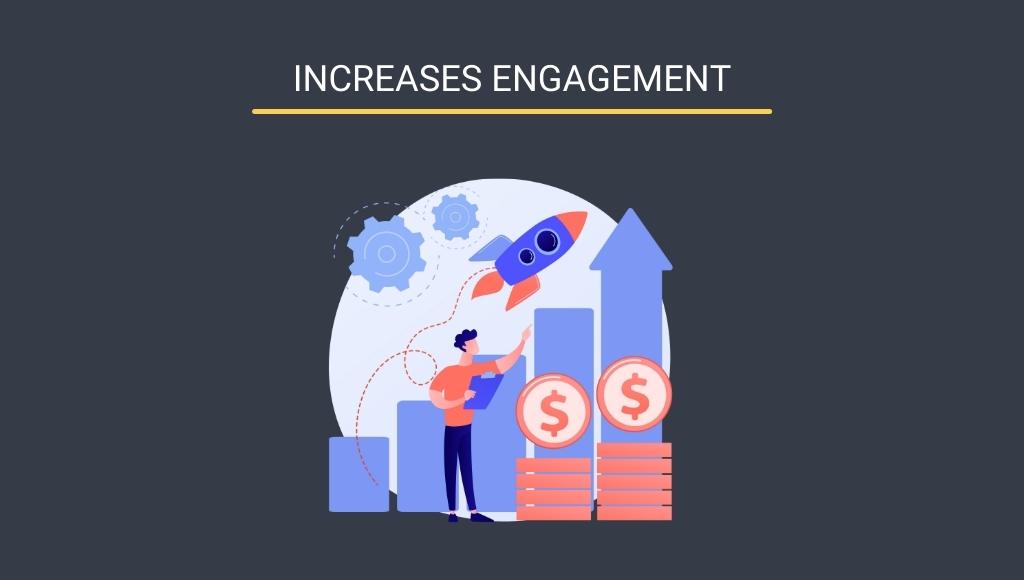
Digital Marketing or online marketing is highly engaging by default. Half of the world’s population is online every day. The more you engage online, the more numbers of loyal customers you can reach. Users can share their blogs, save videos and engage with websites. This helps you increase brand awareness and drive sales. Nowadays customers generally conduct online research to evaluate reviews before making a purchase. The first step starts with a search engine. In this way, small businesses with developed search engine optimization, search engine marketing, and pay-per-click strategies can connect with customers immediately and increase engagement rates.
8. Analytics
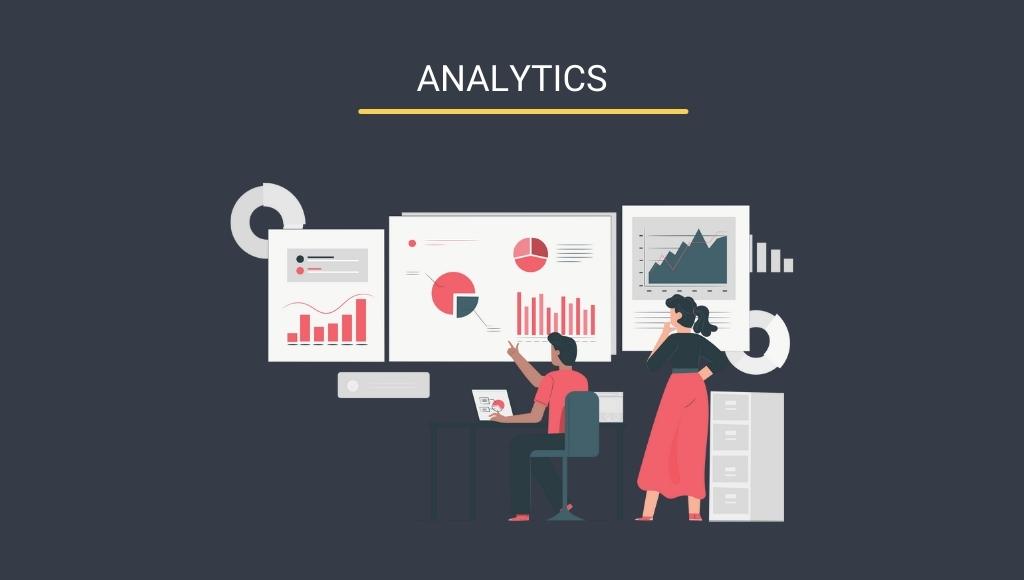
Web analytics helps you to measure the performance of digital marketing campaigns in real-time This helps you to find out the flaws, optimize future campaign strategies and fix any possible errors on time.
How to Create a Digital Marketing Strategy for Small Businesses?
Digital marketing is crucial for all types of businesses and choosing the best marketing strategy is the key to success. Let us learn how to create a digital marketing strategy for small businesses step-by-step
-
- Determine your goals
- Evaluate your existing digital marketing presence
- Build your customer persona
- Locate your customers at all funnel stages
- Implement specific guidelines to reach your goals
- Incorporate automation and personalization
- Track your results
1. Determine your goals
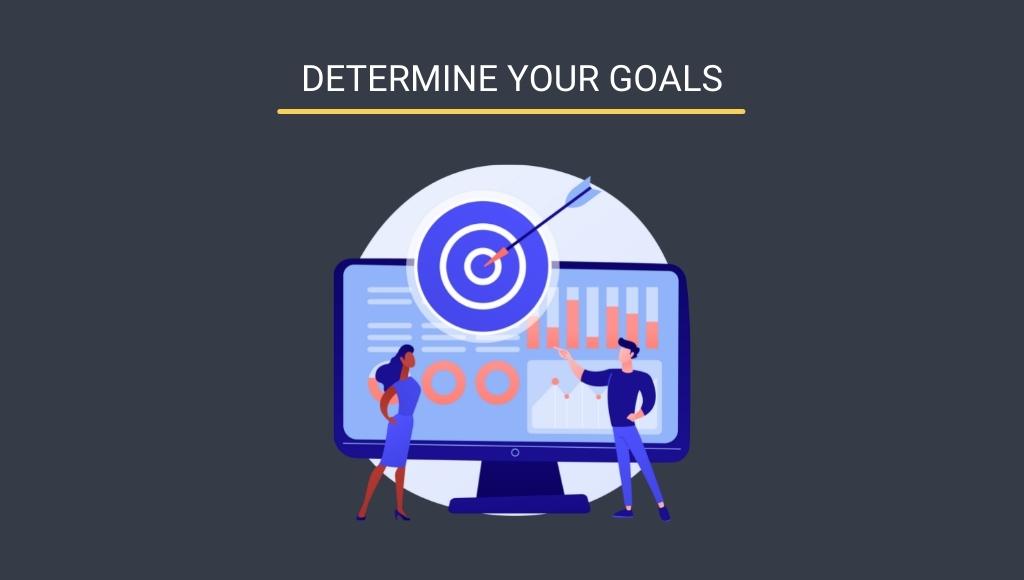
Companies marketing objectives must be tied to their major business goals. For example, if a business objective is to raise their online revenue by 30% then the marketing team’s objective might be to generate 60% of more leads through the website than the previous year. Monitor the progress of your goals and modify your marketing strategy to improve the results.
2. Evaluate your existing digital marketing presence
Even if your digital marketing presence is close to “zero”, it is important to find out what your business has accomplished till now. Before building a digital marketing strategy, is it essential to know your digital presence in the market? You must understand your main marketing channels like website, SEO, email marketing, or Pay per click advertising to find out which of these are driving more leads and traffic to you. Start ranking each channel from most effective to least effective.
3. Build your customer persona
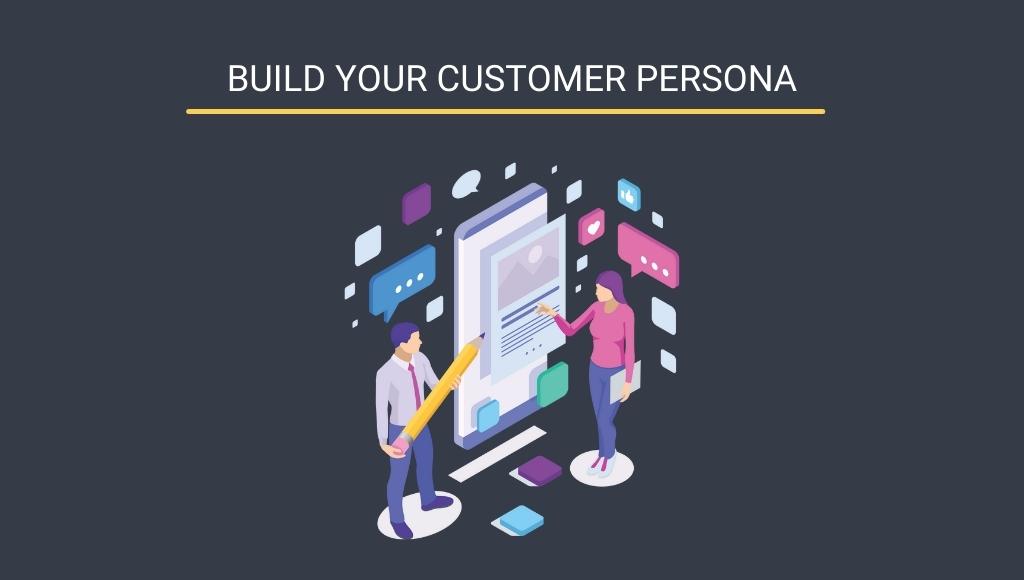
Once you know your business goals the next step is to know your target customers. But, how will you do it? Well, simply put yourself in your customer’s shoes. This will help you to understand what would appeal to your customers from their point of view. To create a customer persona you need to research, survey, or even interview your target customers.
Firstly, create narratives like what does this person shop for? Where is he from? What does he read? Which social media channels can you find him on?
Secondly, get more specific about their need. Ask yourself What do they need? What are their preferences? How can you help them meet their expectations?
Combining quantitative information (location, age, income, job title) and qualitative information (goals, challenges, interests, priorities) can help you build an accurate and effective buyer persona that will be highly valuable to your business.
4. Locate your customers at all funnel stages
Now that you know your audiences, the next step is to know how and where to find them. To locate your audience, you need to again refer to your analytics and cross-reference it with your customer’s persona.
Let’s say, for instance, you are a room designing company. You decorate all types of rooms from a baby nursery, Girls/boys’ room, living room, or even classrooms for schools. There is a chance to have a diverse audience looking out for you.
For example:
-
- Someone who is taking a lot of time to remodel his daughter’s room might discover you by googling phrases like “Best décor ideas for a girl’s room”. If they find your work featuring in a blog post they might reach you.
- Someone interested in a low-budget living room décor finds your sponsored Facebook ad about discounts on your services.
- Someone who has already hired you once, and who you now include in your email campaign featuring offers that you are providing only to the old customers.
Once you have all this information you can start to target different groups of customers via different channels.
5. Implement specific guidelines to reach your goals
Now that you have understood how and where to find your target customers, the next step is to tie everything together and create a specific plan to reach your goals. For example,
-
- Place lead magnets on the sides of all blogs, along with a call-to-action button at the end of your post.
- Share influencer content on social media to increase visibility and brand recognition.
- Encourage users to submit reviews on Google business to improve their local SEO score.
6. Incorporate automation and personalization
As your campaign starts running, you need to find out more ways to make it as impactful and effective as possible. There are two ways – personalization and automation. Sometimes personalized messages are automatically delivered to the customers as a result of their actions.
For example, if you purchase a product from Amazon, you might see a list of similar products as ads on your social media channels.
Personalization and automation can take your marketing strategy one step further.
7. Track your results
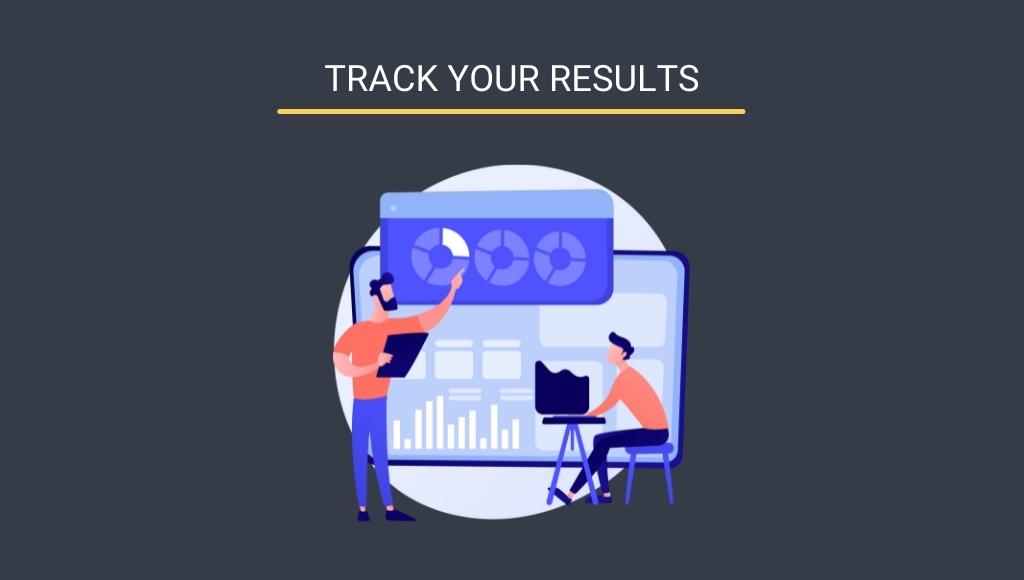
Once you have the strategy in place, the final step is to look for holes in your digital marketing plan. If your strategy is up and running on a long-term basis, you must evaluate how your strategy is working. Monitor the progress chart of your campaigns at the end of every month. Note down which strategy is performing like a superstar. To keep track of multiple elements and campaigns, maintain a spreadsheet to compare the results of your campaign. Use metrics tools that are available on social media. Keep a habit of frequently engaging with your users.
Conclusion
Marketing without a strategy is like driving with your eyes closed. Trust me – only the right strategy and the right content in place can help you get better results.
Are you still looking for more help with implementing your online marketing strategy? Get in touch with us and see how we help you grow your small business to the next level.
How do you create your digital marketing strategy? Share your thoughts in the comments below!
